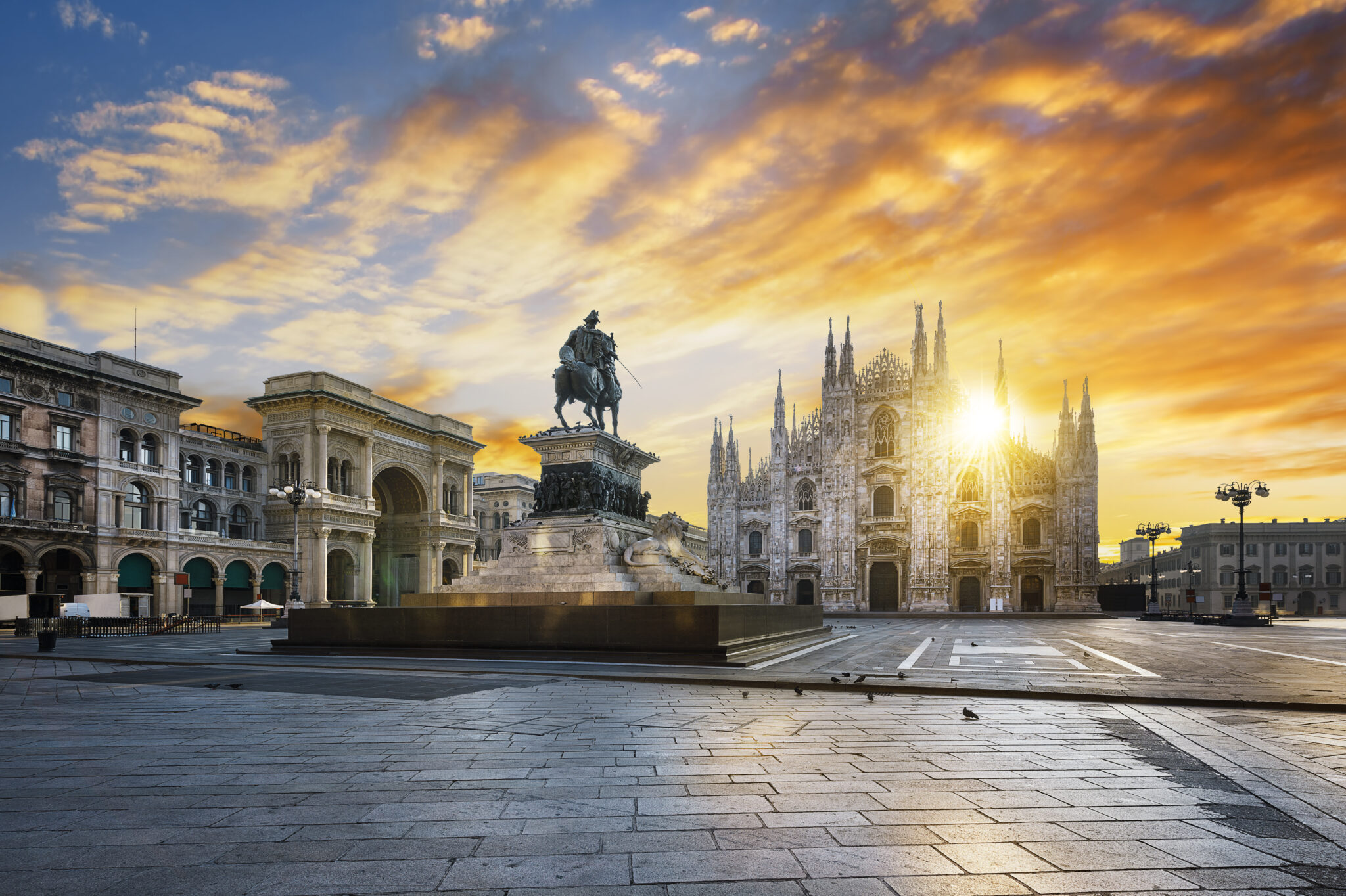Milano is back, baby! For decades, Milan got a bad rap. Lacking Rome’s sites of antiquity, the postcard views from the Amalfi coast, the canals of Venice – not to mention Florence’s Medici inheritance – Italy’s second biggest city was overlooked. But no longer. In this issue of John Eric Home and Lifestyle, we journey to take in this Italian city’s new Renaissance.
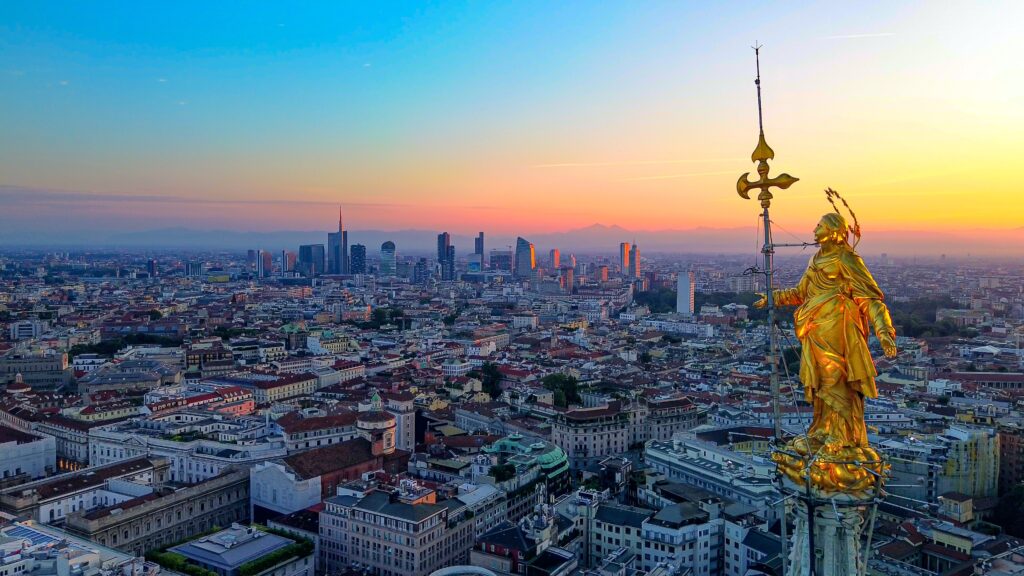
For decades, Milan was the quiet power player of Italian cities. Polished, industrious, and fashion-forward, it was often overlooked for its louder sisters, Rome, Florence, or Venice. Not anymore. Today, Milan is undergoing a cultural and creative rebirth, one that blends the brilliance of its Renaissance past with bold strides in art, design, architecture, and craftsmanship. This is Milan’s New Renaissance, and visitors are flocking to experience it.
Where the Old Masters Meet Modern Icons
The beating heart of Milan’s artistic rebirth is the newly expanded Pinacoteca di Brera, one of Italy’s most revered art galleries. Housed in a former Jesuit monastery, the Pinacoteca has long been celebrated for its Renaissance masterpieces. Works by Caravaggio, Mantegna, Piero della Francesca, and Raphael draw visitors into a world of myth, devotion, and chiaroscuro drama.
But what has created this Milanese turning point is the long-anticipated opening of its modern art counterpart, Palazzo Citterio, just steps away. After over 50 years of planning, delay, and restoration, the once-derelict neoclassical palace has been transformed into a sleek, luminous space that now houses the 20th-century collections of the Brera, including works by Lucio Fontana, Alberto Burri, Giorgio Morandi, and Mario Sironi. The juxtaposition of ancient and modern – Caravaggio’s raw emotion alongside Fontana’s slashed canvases – makes the combined experience unlike any other in Italy.
Designed to be viewed as one continuous narrative, the Grande Brera experience invites visitors to walk through 500 years of Italian creativity, innovation, and revolution.
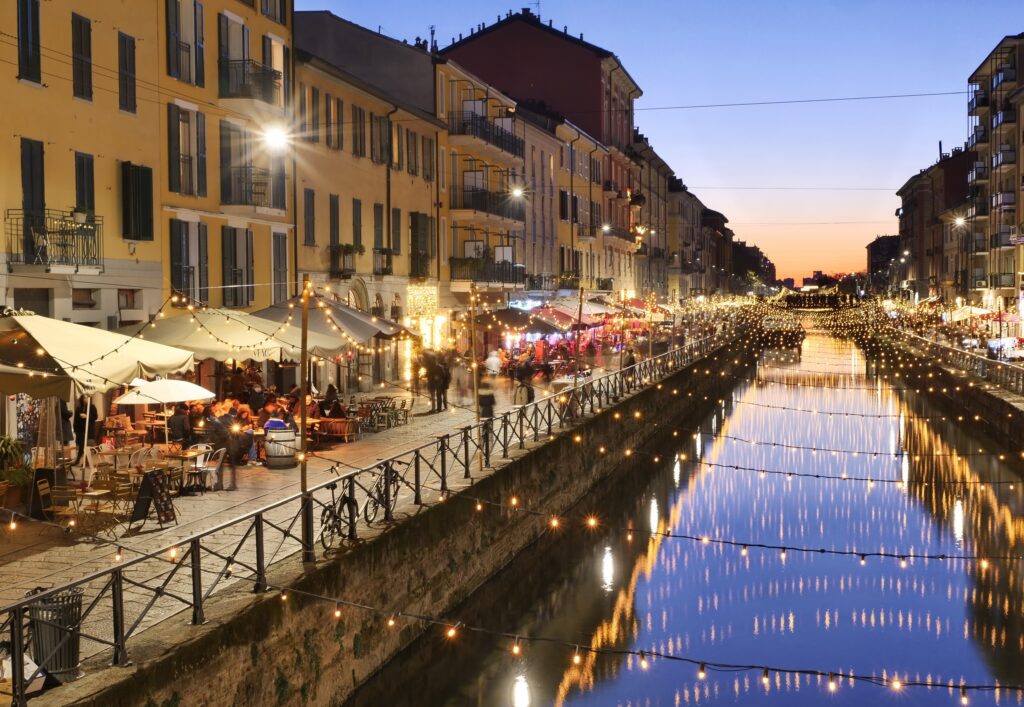
History Flows Through the Navigli Neighborhood
No place captures Milan’s Renaissance spirit quite like the Navigli. This vibrant, water-laced district in the city’s southwest has emerged as a cultural and social heartbeat.
Originally engineered in part by Leonardo da Vinci during the 15th century, the Navigli canals were once an essential part of Milan’s infrastructure. They transported marble to build the Duomo and helped connect Milan to Lake Como and beyond, transforming the city into a trading powerhouse.
Here, you can wander down the cobbled streets of Via Corsico and Alzaia Naviglio Grande, where boutique shops and art galleries await. It’s where you can grab a cappuccino at Mag Cafè or one of the many artisan coffee bars with canal views. Visit the art galleries tucked along the canal – like Galleria Previtali, known for contemporary Milanese artists, or Spazio Studio Masiero. And lose hours browsing stores like Humana Vintage or small curated thrift shops where you might stumble upon rare Italian fashion finds.
Make sure to stop by Darsena, the recently redeveloped harbor area where the canals all converge. It’s now a pedestrian-friendly gathering space with food trucks, public seating, and pop-up art installations.
At sunset, the reflections in the water mirror the city’s duality. The Navigli transforms into Milan’s social playground. Bars and restaurants set up candlelit tables along the water. It’s a nightly ritual to stroll the canals with a spritz in hand, hopping from one bar to the next for bites and conversation.
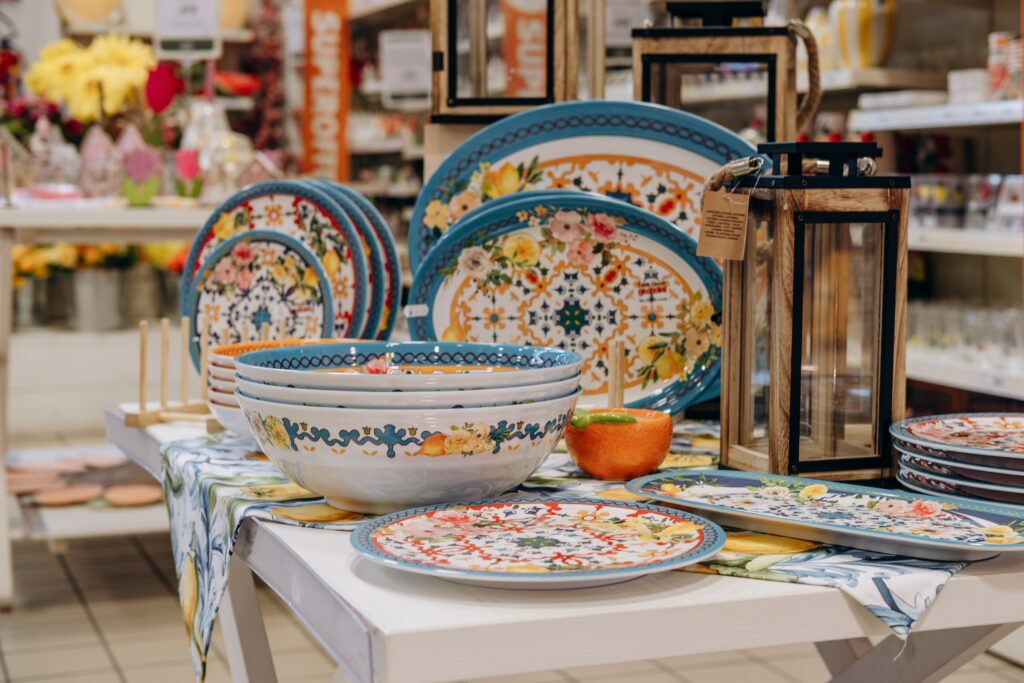
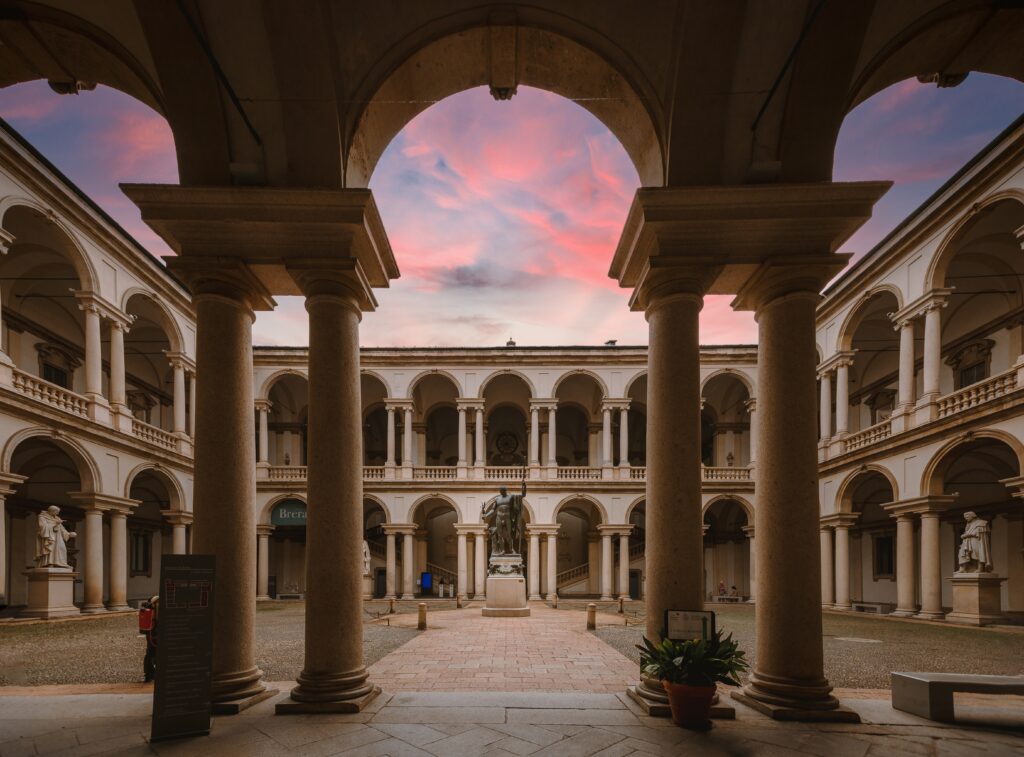
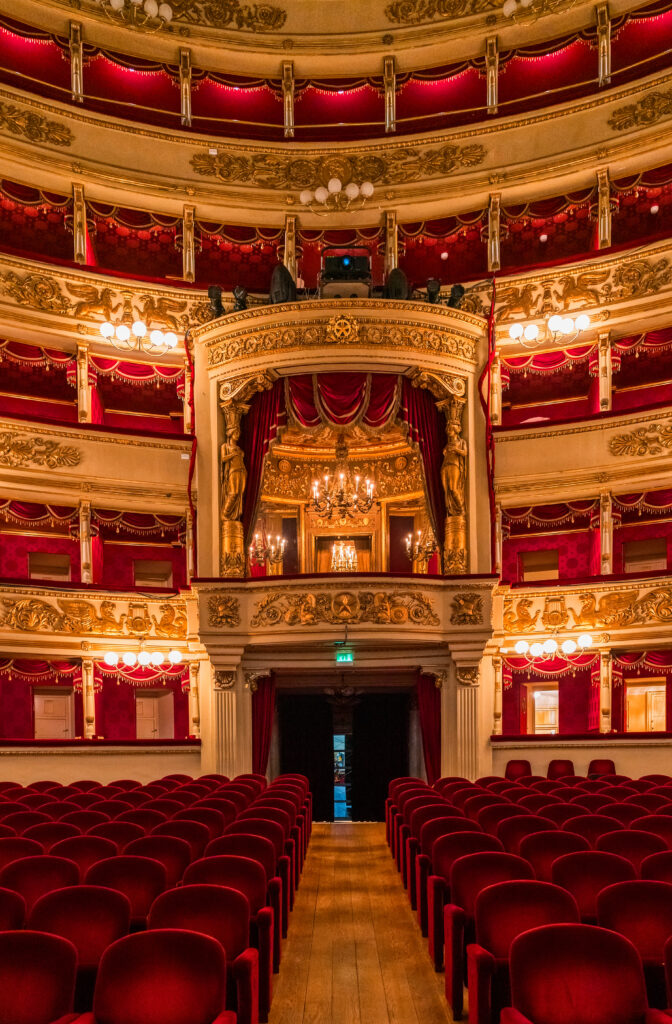
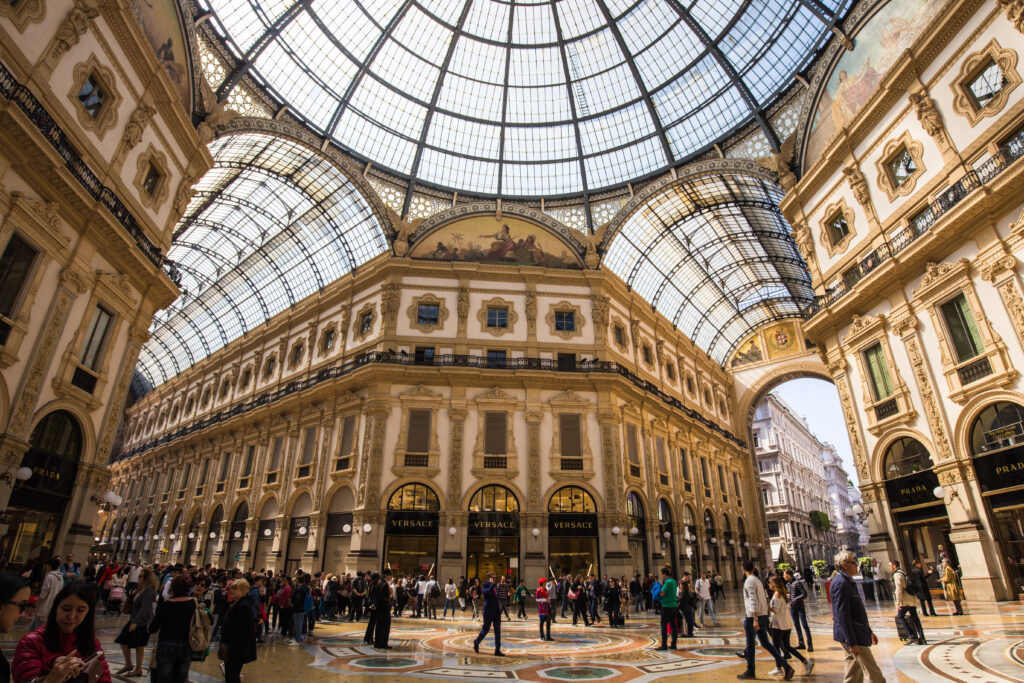
Heritage Lives in the Hands of Masters
Visiting a working atelier is a rare chance to connect with the crafts of Milan’s fashion and design. In a city known for its fashion houses and forward-facing design, it’s easy to forget that Milan’s real luxury lies in its craftsmanship. It’s a legacy not just preserved, but actively practiced in studios, ateliers, and workshops tucked behind unmarked doors. Today, visitors are welcomed behind the scenes for a rare glimpse into this living artistry. These “fatto a mano” (handmade) tours, whether curated privately or offered by cultural organizations, reveal the heartbeat of Milan’s creative soul.
One of the most unforgettable stops is a private tour of Teatro alla Scala’s backstage workshops. Here, you’ll witness the teams behind Italy’s most legendary opera house. The set designers, costumers, wigmakers, and prop artists who bring grand performances to life. You can watch as skilled seamstresses embroider Baroque-era costumes by hand and see hand-painted stage backdrops rolled across enormous frames, as those who have done so before them for centuries.
Milan still hums with the sound of metalwork, especially in the quiet corners of neighborhoods like Isola or Porta Romana, where old-world bronze foundries still produce sculptures, fixtures, and architectural accents. Here, some studios offer hands-on demonstrations or even allow you to cast a small piece in bronze, forging your own link to Milanese tradition. Visits to these workshops are fascinating; you will meet the master craftsmen who create bespoke bronze and brass pieces for everything from haute couture runway sets to cathedral restorations.
In Italy, food is culture. Milan takes it one step further as its culinary reputation extends to its handmade ceramics studios, where artisans create bespoke plates, cups, and home decor using techniques that date back to the Renaissance. But now, they create with bold, contemporary design. Laboratorio Paravicini, known for its whimsical and elegant hand-painted plates, favored by Milan’s fashion elite, has opened its doors to guests. Here you can enjoy your time observing artists sketching, glazing, and firing each piece by hand, often while chatting over an espresso.
Tucked into Milan’s artistic enclaves are bookbinders and leatherworkers crafting everything from personalized journals to bespoke handbags and archival boxes. Arrange for a visit to a family-run bottega where the scent of tanned leather mixes with the smells of hand-pressed gold leaf. You might see old lead type being used for monogramming, or hand-stitched spines being sewn using linen thread. And a big bonus is that you can leave with an unforgettable souvenir. Many of these artisans will personalize items on the spot.
Of course, this is Milan – one of the world’s fashion capitals. But beyond the glossy storefronts of Via Montenapoleone are tailors, shoemakers, and textile experts working quietly and meticulously. Some tours of these workshops include visits to old tailoring schools or bespoke menswear studios where suits are still cut by hand. Others offer shoemaking demos, where artisans stretch and mold leather using tools passed down through generations. For fashion lovers, ask about private fittings or custom pieces. Milan’s artisans are as welcoming as they are precise.
It’s easy to book craftsman tours, but spaces are always limited. Make sure that you reserve your spot in advance. To arrange a tour, book through local cultural organizations, like Arti Minori Milano, contact luxury travel companies that offer curated private tours, or ask a hotel concierge team (especially at high-end properties like Four Seasons, Palazzo Parigi, or Bulgari Hotel). Look for experiences that are intimate (4-6 guests maximum), interactive, and preferably led by a local expert or guide who speaks Italian.
Milan has always been a city of quiet power, but now, it’s humming with a new kind of energy. One that honors its Renaissance roots while boldly shaping a future steeped in creativity, design, and soul. Whether you’re an art lover, a fashion follower, or simply a curious traveler, Milan’s transformation is one to witness and to feel.
Milan’s not just a city. It’s a movement.

